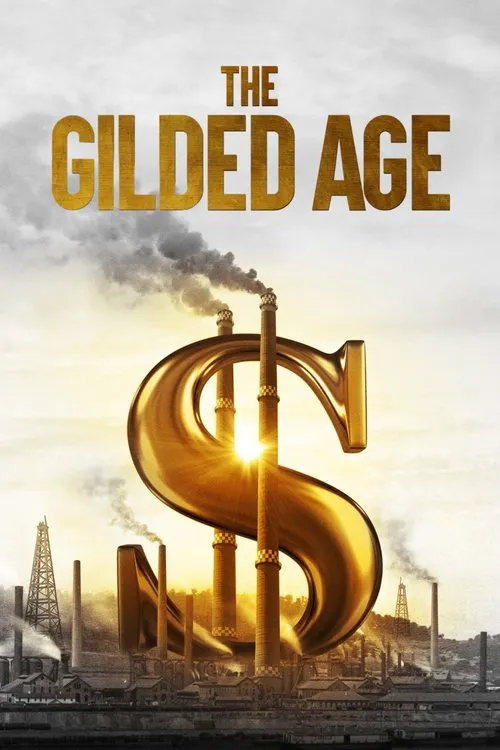The Gilded Age

Plot
Set against the backdrop of the late 19th century, a time known as the Gilded Age in American history, the film explores the tumultuous era when the United States witnessed its population double within a single generation. This rapid growth was a direct result of the country's expanding wealth and the emergence of two distinct classes, separated by deep fissures in their experiences and circumstances. As the old American way of life gave way to the unfettered pursuit of industrialization, the nation grappled with fundamental questions of its very nature. At the forefront of the debate was the contentious issue of wealth distribution, with proponents on either side passionately advocating for their causes. The question of whether the government should protect private property at all costs or intervene to cushion the relentless onslaught of industrialization sparked fierce and divisive discussions. On one side of the divide stood the established elite, made up of influential industrialists, politicians, and high society. These powerbrokers had amassed their wealth through shrewd business deals, strategic alliances, and a strong network of social connections. With their privilege and influence, they sought to preserve the status quo, upholding the notion that government existed to safeguard the rights of property holders and maintain social order. On the opposite side of this ideological chasm stood the marginalized and the poor, whose lives were forever changed by the devastating effects of industrialization. As factories sprouted up across the country, workers toiled in hazardous conditions for meager wages, while the owners amassed fortunes. These downtrodden masses, however, refused to remain silent, instead demanding better working conditions, higher wages, and a more equitable distribution of wealth. Their plight was exemplified by the likes of John Jacob Astor IV, a wealthy and influential businessman who stood at the apex of this elite. A member of one of America's most illustrious families, he epitomized the values of the old guard, championing the notion that government existed solely to protect private property. His worldview was at odds with that of his cousin, Caroline Schermerhorn Astor, the matriarch of the prominent Schermerhorn family. Caroline, who had risen to great heights through a combination of charm, wit, and strategic alliances, found herself torn between her loyalty to her family's ideals and her growing sympathy for the plight of the working class. As she navigated this treacherous social landscape, she became increasingly aware of the stark contrasts surrounding her, and the brutal realities faced by those far removed from her rarefied world. Her daughter, Agnes, would come to exemplify the changing times, as she defied convention by forging her own path, rather than conforming to the societal expectations placed upon her. As Agnes began to find her voice, she became more and more entrenched in the growing movement for social change, sparking tension within her family and straining the once-strong bonds between them. Meanwhile, a figure emerged from the shadows, embodying the fervor and militancy of the times: Peggy Scott. Her impassioned advocacy for the rights of the working class brought her to the forefront of the labor movement, as she organized strikes, rallies, and demonstrations in pursuit of fair treatment and justice. Though her methods were often uncompromising, Peggy's resolve was unwavering, as she fought tirelessly on behalf of those who stood at the bottom of the social hierarchy. Through the lens of this gripping drama, the Gilded Age was brought vividly to life, showcasing the turmoil and upheaval that characterized this pivotal moment in American history. As the nation hurtled toward the abyss of the First World War, its divisions, passions, and conflicts threatened to boil over into chaos, casting a long and ominous shadow over the American future. In this tumultuous atmosphere, the very foundations of American society were put to the test, revealing deep-seated tensions and contradictions that would continue to reverberate throughout the ages. As the curtain fell on this dramatic era, the United States stood at a crossroads, torn between its promise of limitless opportunity and the harsh realities of industrialization, with the course of history hanging precariously in the balance.
Reviews
Recommendations



